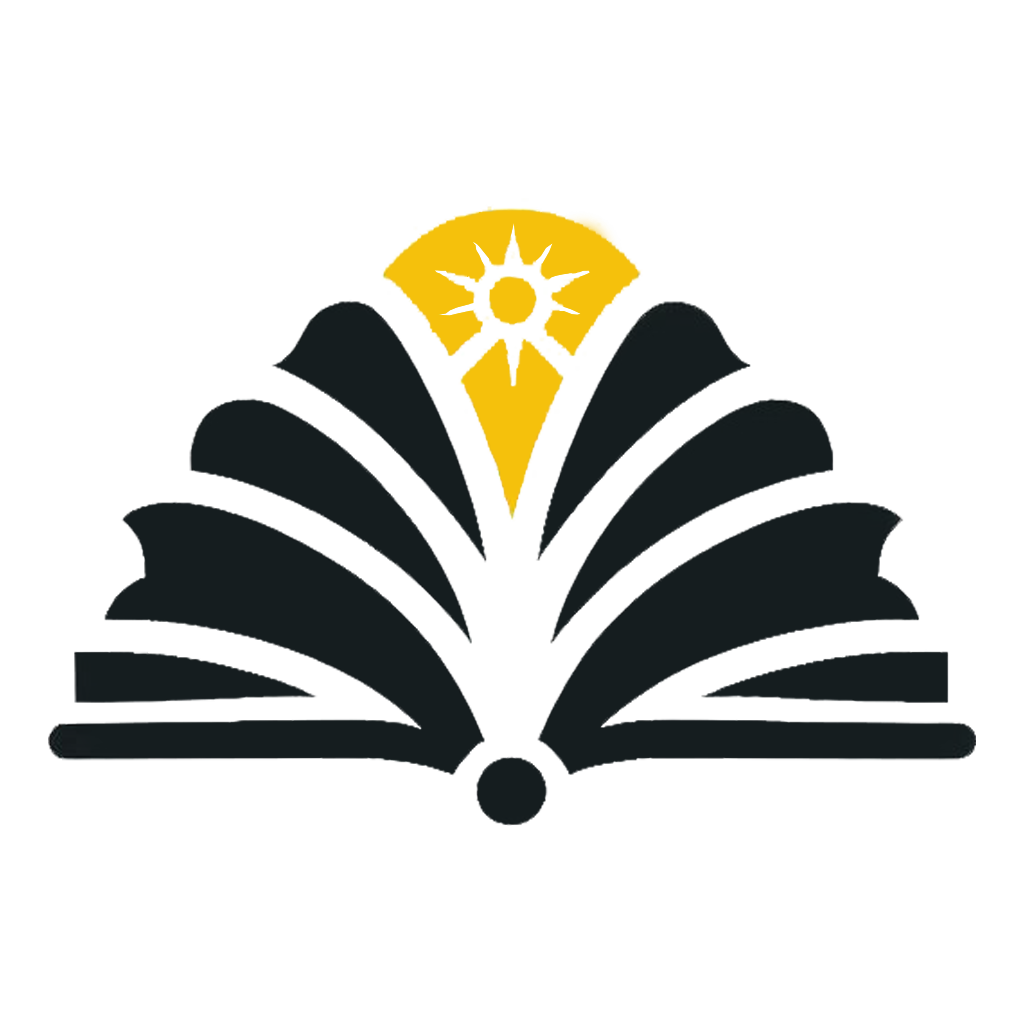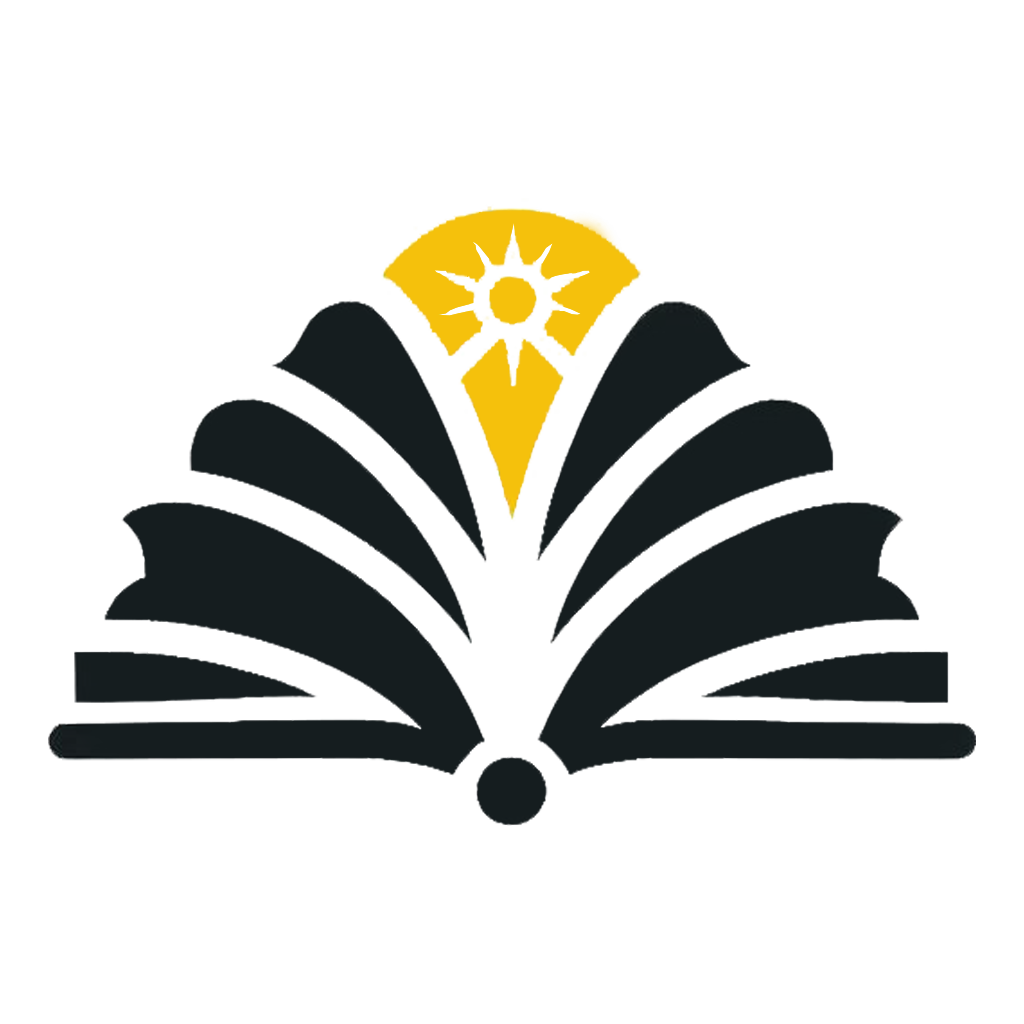The Rich Tapestry of Kurdish Artistic Expression
Kurdish art, deeply rooted in the rich cultural heritage of the Kurdish people, spans millennia and encompasses a wide range of forms and styles. From ancient rock carvings to contemporary installations, Kurdish art reflects the history, struggles, and aspirations of the Kurdish nation.
Key Aspects of Kurdish Art
- Influenced by various civilizations and cultures
- Strong connection to nature and Kurdish landscapes
- Reflects Kurdish history, mythology, and social issues
- Combines traditional techniques with modern artistic expressions
- Serves as a medium for cultural preservation and political expression
Timeline of Kurdish Art
Ancient Times
Rock carvings and petroglyphs in Kurdish regions
Medieval Period
Development of Islamic art influences in Kurdish territories
16th-19th Century
Flourishing of traditional Kurdish crafts and textile arts
Early 20th Century
Emergence of modern Kurdish painting and sculpture
Late 20th Century
Kurdish art gains international recognition
21st Century
Contemporary Kurdish art flourishes with diverse mediums and themes
Traditional Kurdish Art Forms
Kurdish traditional art encompasses various forms that have been passed down through generations:
Carpet Weaving
Intricate designs with geometric patterns and natural motifs
Metalwork
Ornate silver and gold jewelry with traditional motifs
Wood Carving
Decorative wooden objects with intricate patterns
Textile Art
Colorful fabrics with traditional Kurdish patterns
Contemporary Kurdish Art
Modern Kurdish artists have embraced new mediums and styles while often drawing inspiration from their cultural heritage:
Abstract Painting
Modern interpretations of Kurdish themes and motifs
Contemporary Sculpture
Exploring Kurdish identity through three-dimensional forms
Photography
Documenting Kurdish life and landscapes
Video and Installation Art
Multimedia explorations of Kurdish culture and politics
Themes in Kurdish Art
Kurdish art often explores themes such as:
- Kurdish national identity and cultural heritage
- The beauty of Kurdish landscapes and nature
- Historical events and figures important to Kurdish history
- Social and political issues affecting Kurdish communities
- The experience of displacement and diaspora
Challenges and Preservation
Kurdish art has faced numerous challenges throughout history, including:
- Political repression and restrictions on cultural expression
- Destruction of cultural heritage during conflicts
- Limited resources and support for artists in some regions
- The need to balance tradition with innovation
Efforts to preserve and promote Kurdish art include:
- Establishment of Kurdish art museums and galleries
- International exhibitions showcasing Kurdish artists
- Documentation and digitization of traditional art forms
- Art education programs focusing on Kurdish artistic traditions
Notable Kurdish Artists
Some prominent Kurdish artists who have gained international recognition include:
- Ismail Khayat - Known for his colorful paintings inspired by Kurdish folklore
- Shirwan Fatih - A contemporary sculptor exploring themes of identity and displacement
- Osman Sabri - A pioneering Kurdish painter who blended traditional and modern styles
- Rebwar Saeed - An installation artist addressing social and political issues
Did You Know?
The Kurdish city of Sulaymaniyah in Iraq is home to a vibrant art scene, with numerous galleries and an annual international art festival that attracts artists from around the world.
The Future of Kurdish Art
As Kurdish artists gain more visibility on the global stage, the future of Kurdish art looks promising:
- Increased collaboration between Kurdish artists and international art communities
- Growing interest in Kurdish art among collectors and museums worldwide
- Exploration of new mediums and technologies in artistic expression
- Use of art as a tool for cultural diplomacy and cross-cultural understanding
Conclusion
Kurdish art, with its rich history and dynamic present, serves as a powerful medium for cultural expression, preservation, and innovation. From the intricate patterns of traditional carpets to the bold statements of contemporary installations, Kurdish art continues to evolve, reflecting the resilience, creativity, and aspirations of the Kurdish people. As Kurdish artists navigate the challenges and opportunities of the global art world, they contribute to a diverse and vibrant artistic landscape that bridges past and present, tradition and innovation.



